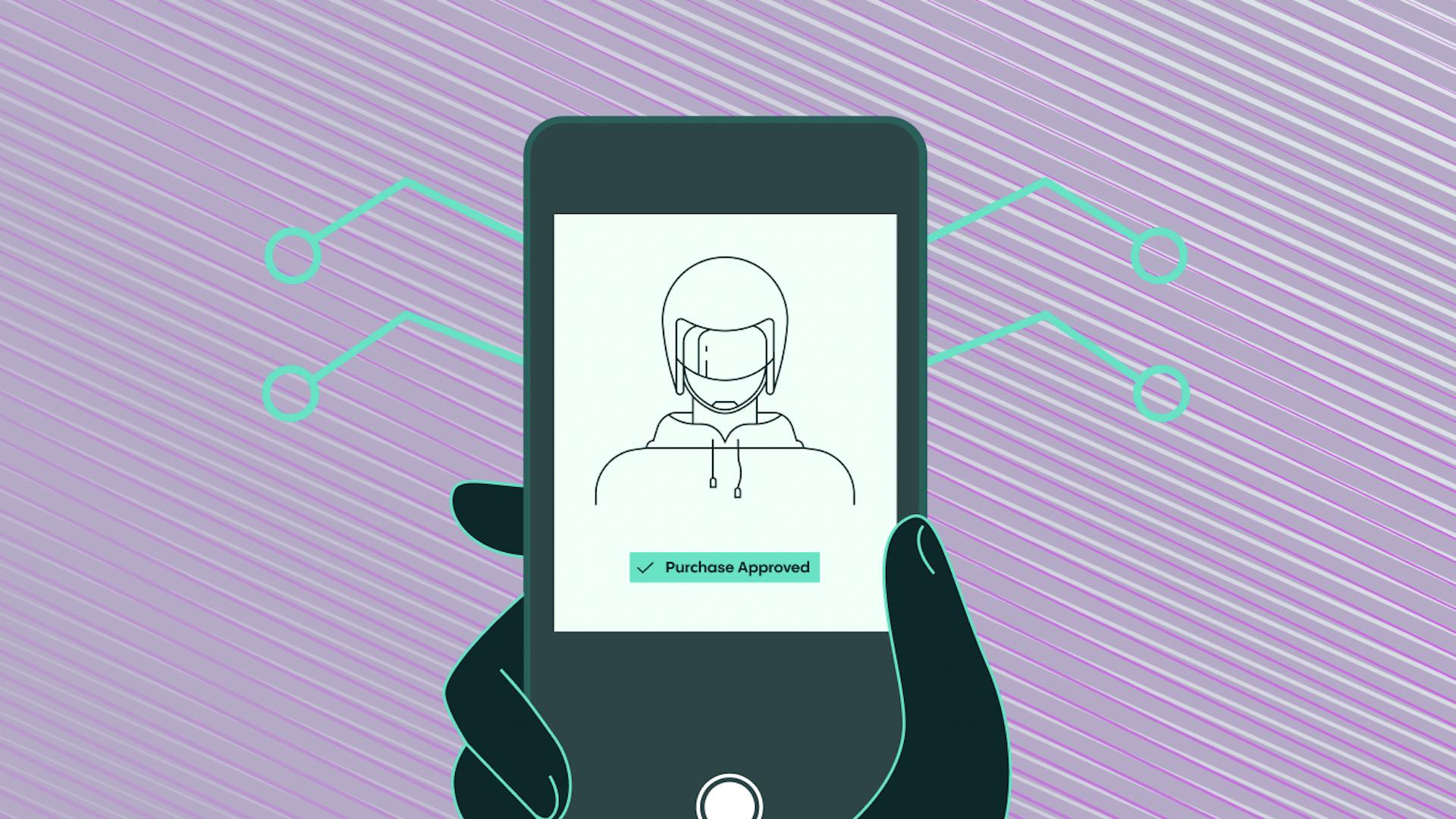$100m in NFTs stolen via scams in the past year: how can collectors stay safe?
Estimates suggest that cybercriminals have stolen more than $100 million worth of non-fungible tokens (NFTs) within the past year. Added to this, criminals have also indulged in other NFT-related scams, such as the use of digital asset mixers in NFT money laundering. As such, collectors need to take proactive measures to keep their assets secure.


Chris Hooper
New research has revealed that criminals in the crypto world are laundering money by sending digital assets across blockchains. In doing so, they are bypassing a centralized service that can trace and freeze transactions. Estimates suggest that cybercriminals have stolen more than $100 million worth of non-fungible tokens (NFTs) within the past year. Added to this, criminals have also indulged in other NFT-related scams, such as the use of digital asset mixers in NFT money laundering.
But, what exactly are NFTs and what scams do customers need to be aware of? Let’s take a detailed look.
What is an NFT?
NFT stands for non-fungible token. It refers to a unique piece of code that is usually (although not always) stored on a publically accessible blockchain. These pieces of code take the form of ‘smart contracts’ that point to a piece of content such as a digital painting that is stored on a location on the internet.
The provenance of these NFTs can be tracked across the public blockchain, providing end-purchasers with a built-in chain of authenticity. However, if an NFT is compromised or stolen, then it may not be recoverable by the rightful owner due to the nature of blockchain transactions. For this reason, owners must exercise a great deal of caution.
What scams are criminals using?
Due to the value attached to many NFTs, criminals are deploying scams and stealing assets. Methods used by cybercriminals include:
- Creating fake NFTs, passing them off as the real thing, and then selling them
- Creating fake NFT exchanges that capture log-in credentials. Criminals then use this information to steal a collector’s NFTs
- Setting up unauthorized customer support channels and social media accounts that pretend to be affiliated with NFT exchanges in an attempt to steal customer information
How can I protect myself?
Although NFT-related fraud is on the rise, collectors can put protections in place. For example, NFT collectors should:
- Implement two-factor authentication protocols for account access
- Protect usernames and passwords
- Take additional steps to ensure every NFT purchased is legitimate. This should include not following links sent to you via email or social media. If you have any doubts about authenticity, enter the known URL into the browser yourself. The release should come from an expected source, such as the artist’s own social media/website
- Conduct due diligence on the purchase. Before you buy the NFT, you should perform a reverse image search on the piece you’re buying. If the NFT appears on several NFT exchanges/markets, it may not be legitimate
How companies can safeguard collections with Veriff
Here at Veriff, we understand the challenges that NFT marketplaces and exchanges face when it comes to authenticating NFTs and keeping customer collections safe.
Thankfully, with the help of our identity verification solution, you can authenticate processes and users with no hassle at all. Plus, when you partner with us for verification purposes, you can increase conversions and be certain that you’re meeting regulatory requirements.
To discover exactly how our solutions can help your business, talk to our experts today. We’d love to provide you with a bespoke demo.


